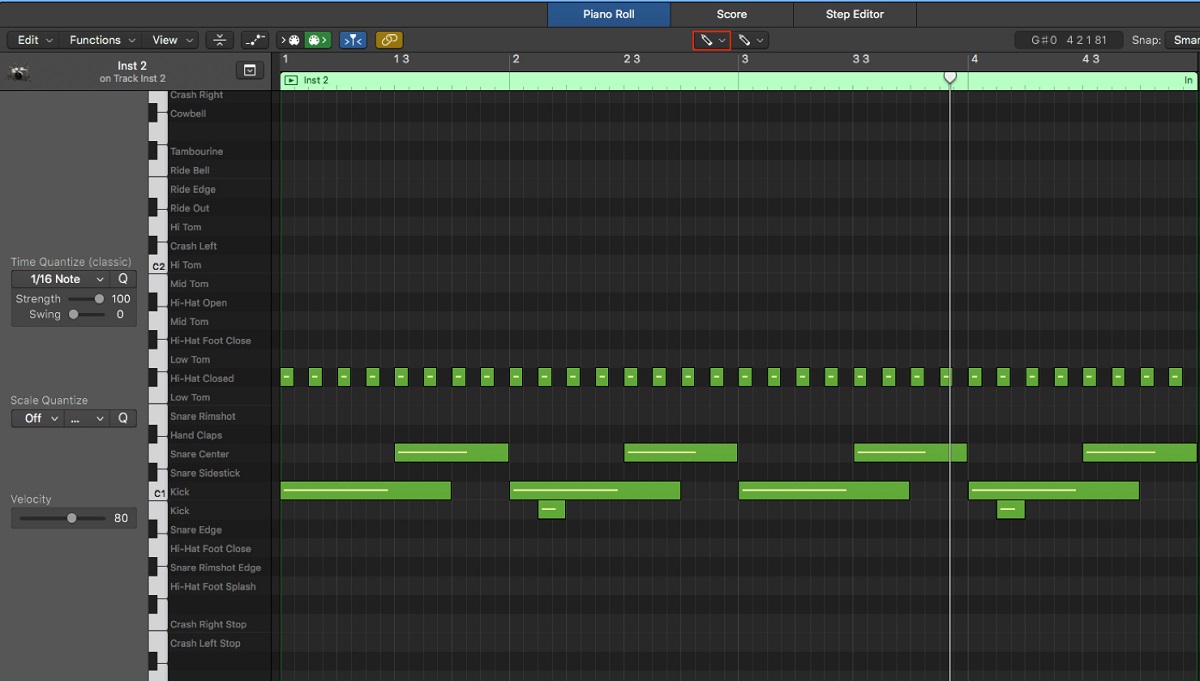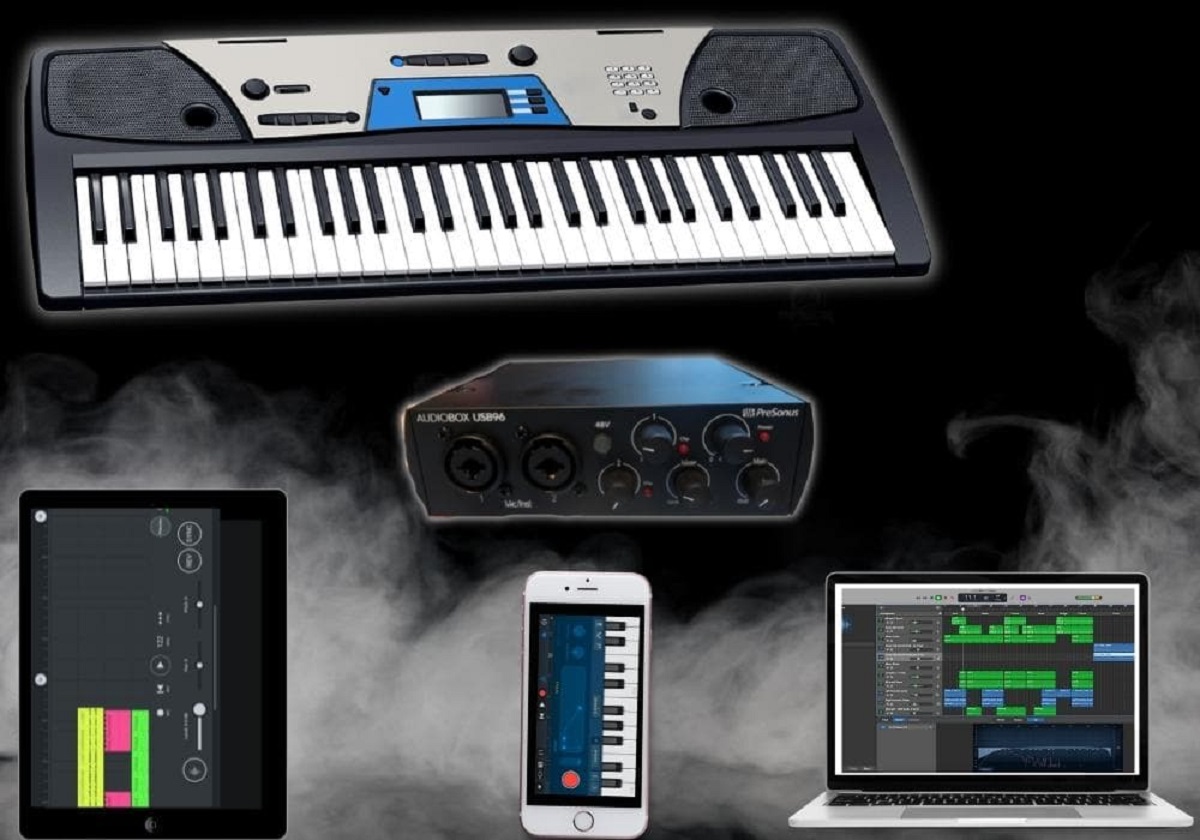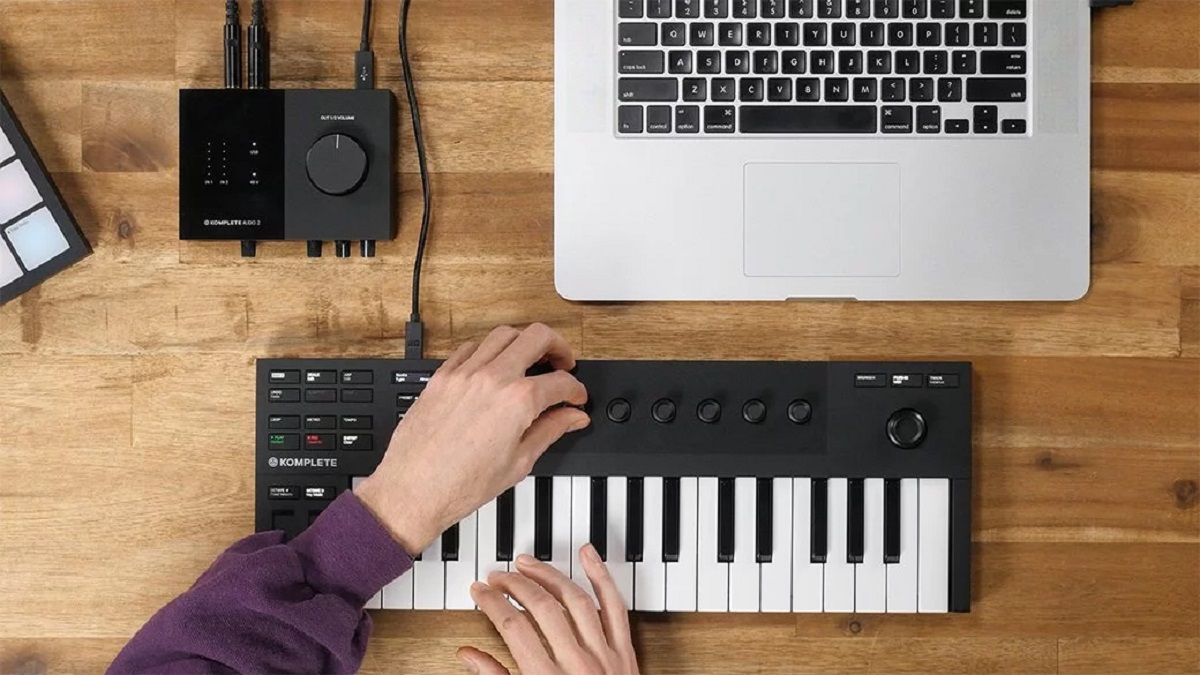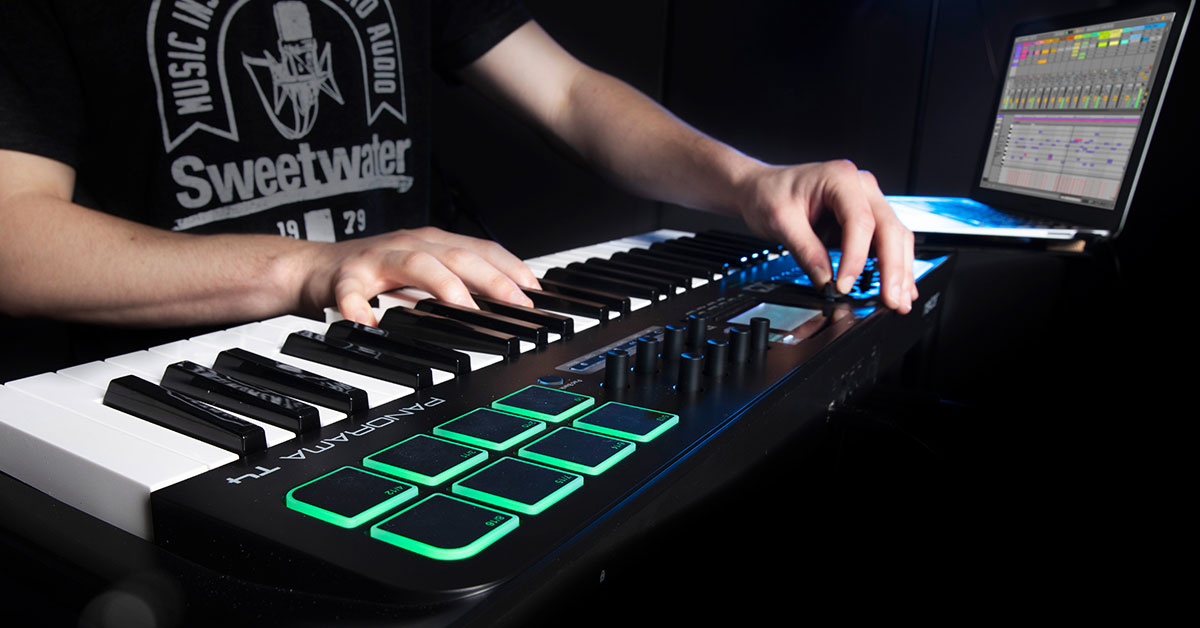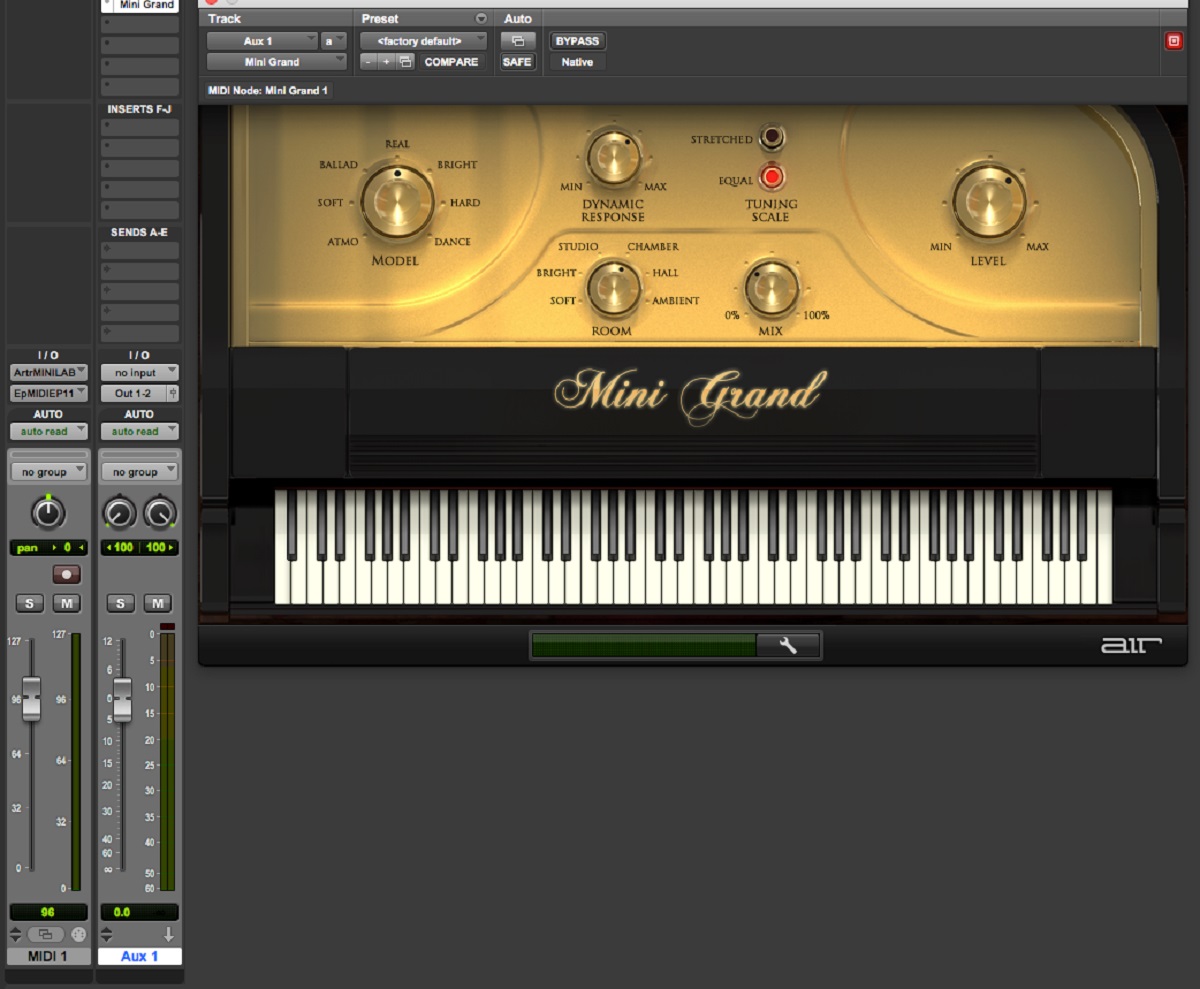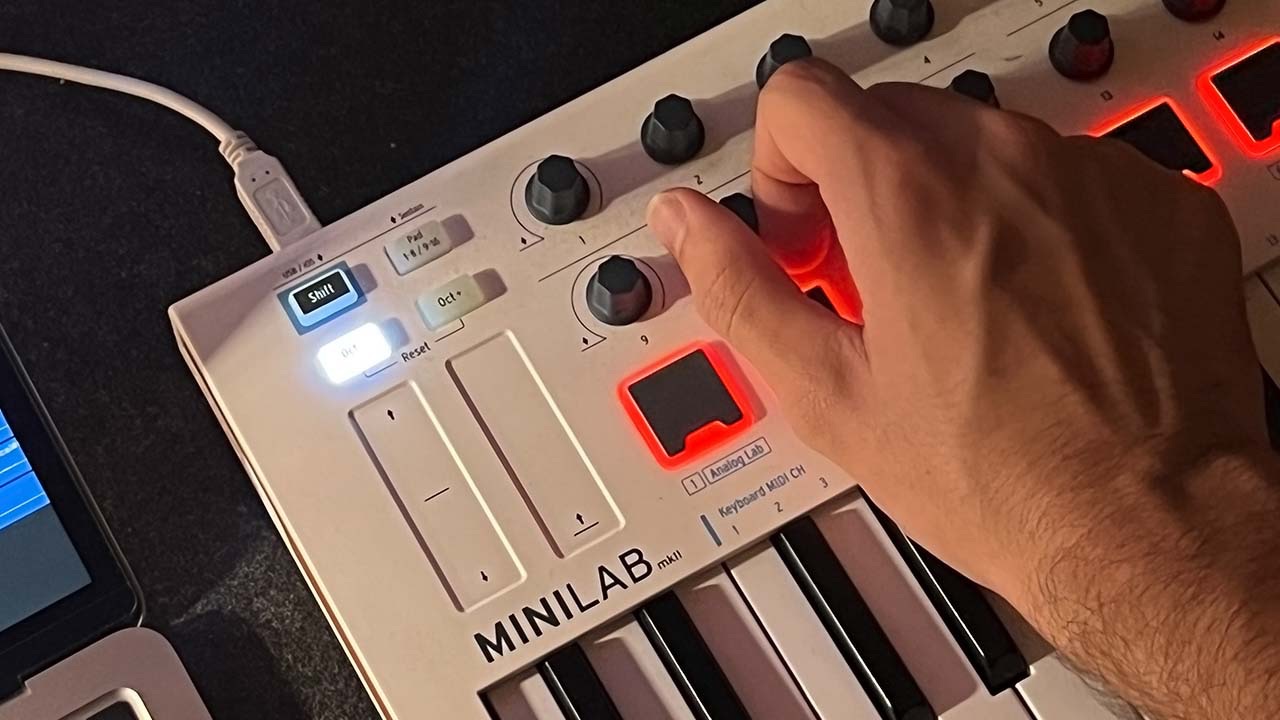Introduction
Why Isn't My MIDI Keyboard Working in Logic Pro X
Are you encountering issues with your MIDI keyboard not functioning as expected in Logic Pro X? This can be a frustrating roadblock for music producers and enthusiasts. However, fret not, as we delve into the potential causes and solutions for this predicament. Whether you're a seasoned Logic Pro X user or just getting started, troubleshooting MIDI keyboard issues can be a daunting task. The good news is that with a systematic approach, you can often identify and resolve the problem efficiently.
Your MIDI keyboard serves as a vital tool in your music production arsenal, allowing for intuitive and expressive control over your virtual instruments and software. When it fails to function properly within Logic Pro X, it can disrupt your creative workflow and hinder the realization of your musical ideas. Therefore, diagnosing and rectifying any issues with your MIDI keyboard is paramount to maintaining a seamless and productive music production process.
In the following sections, we will explore various potential causes for your MIDI keyboard's malfunction in Logic Pro X, along with practical troubleshooting steps to address these issues. By systematically examining your MIDI connections, verifying software settings, and addressing potential driver and firmware issues, you can empower yourself to effectively troubleshoot and resolve MIDI keyboard-related issues in Logic Pro X. Let's dive into the intricacies of MIDI keyboard troubleshooting and pave the way for a more harmonious music production experience.
Check Your MIDI Connections
When your MIDI keyboard is not functioning as expected in Logic Pro X, the first step is to ensure that your MIDI connections are properly established. A loose or faulty connection can often be the culprit behind unresponsive MIDI input. Begin by checking the physical connections between your MIDI keyboard and your computer or audio interface. Here are the essential steps to verify your MIDI connections:
-
Inspect the MIDI Cables: Examine the MIDI cables connecting your MIDI keyboard to your audio interface or computer. Ensure that the cables are securely plugged in at both ends, with no visible damage to the connectors or cables themselves.
-
Check the MIDI Ports: If your MIDI keyboard connects directly to your computer rather than through an audio interface, inspect the MIDI ports on both the keyboard and the computer. Dust or debris in the MIDI ports can impede proper connectivity, so gently clean the ports if necessary.
-
Test Alternative MIDI Cables: If available, try using alternative MIDI cables to rule out the possibility of a faulty cable causing the issue. Sometimes, a damaged or defective cable can disrupt the MIDI signal transmission.
-
Verify Power Supply: For MIDI keyboards that require external power sources, confirm that the keyboard is receiving adequate power. A low or unstable power supply can lead to erratic behavior and unresponsiveness.
By meticulously examining and addressing your MIDI connections, you can eliminate potential hardware-related issues that may be impeding the functionality of your MIDI keyboard in Logic Pro X. Once you have verified the integrity of your MIDI connections, you can proceed to investigate other potential causes for the malfunctioning MIDI keyboard within Logic Pro X.
Ensure Your MIDI Keyboard is Enabled in Logic Pro X
After confirming the physical MIDI connections, the next crucial step in troubleshooting your MIDI keyboard in Logic Pro X is to ensure that the software recognizes and enables your MIDI keyboard for input. Logic Pro X provides comprehensive settings for MIDI input devices, allowing users to configure and enable their MIDI keyboards seamlessly. Here’s how to verify and enable your MIDI keyboard within Logic Pro X:
-
Access the Preferences: Navigate to Logic Pro X’s preferences by clicking on “Logic Pro X” in the top-left corner of the screen and selecting “Preferences.”
-
Select MIDI Settings: Within the Preferences window, locate and click on the “MIDI” tab to access the MIDI settings.
-
Check MIDI Input Devices: In the MIDI settings, ensure that your MIDI keyboard is listed as an active input device. If it is not listed, there may be an issue with the recognition of your MIDI keyboard by Logic Pro X.
-
Enable the MIDI Keyboard: If your MIDI keyboard is listed but not enabled, check the box next to its name to enable it for MIDI input within Logic Pro X.
By confirming that your MIDI keyboard is recognized and enabled within Logic Pro X’s settings, you can establish the foundation for seamless MIDI input and communication between your keyboard and the software. However, if your MIDI keyboard is already enabled and recognized in Logic Pro X but is still not functioning as expected, further investigation into the MIDI input settings and potential conflicts is necessary.
Verify MIDI Input Settings in Logic Pro X
Once your MIDI keyboard is confirmed and enabled within Logic Pro X, it’s essential to delve into the MIDI input settings to ensure that the software accurately receives and processes MIDI data from your keyboard. Logic Pro X offers a range of MIDI input settings that can influence the behavior and responsiveness of MIDI keyboards. Here’s how to verify and adjust the MIDI input settings in Logic Pro X:
-
Open the MIDI Settings: Access the MIDI settings within Logic Pro X by navigating to the “Preferences” menu and selecting the “MIDI” tab.
-
Inspect MIDI Input Channels: Check the MIDI input channels to ensure that the appropriate MIDI channel for your keyboard is selected. If your keyboard transmits MIDI data on a specific channel, such as channel 1, verify that Logic Pro X is configured to receive input on the corresponding channel.
-
Review MIDI Input Filters: Logic Pro X provides MIDI input filters that allow users to specify which MIDI messages are accepted from input devices. Ensure that the MIDI input filters are not inadvertently blocking essential MIDI data from your keyboard.
-
Test MIDI Input Signal: In the MIDI settings or the main interface of Logic Pro X, monitor the MIDI input signal indicator while playing keys on your MIDI keyboard. If the signal indicator does not respond, it indicates a potential issue with MIDI data reception in Logic Pro X.
By meticulously examining and adjusting the MIDI input settings in Logic Pro X, you can optimize the software’s reception and interpretation of MIDI data from your keyboard. Additionally, troubleshooting potential conflicts or discrepancies in the MIDI input settings can significantly enhance the responsiveness and functionality of your MIDI keyboard within Logic Pro X.
Troubleshoot MIDI Driver Issues
When encountering persistent problems with your MIDI keyboard in Logic Pro X, it’s essential to consider potential MIDI driver issues that may be affecting the functionality of your MIDI device. MIDI drivers facilitate the communication between your MIDI keyboard and the operating system, playing a critical role in ensuring seamless integration and performance. Here are the steps to troubleshoot MIDI driver issues:
-
Update MIDI Drivers: Visit the official website of the MIDI keyboard’s manufacturer to check for updated MIDI drivers compatible with your operating system. Installing the latest drivers can address compatibility issues and enhance the stability of MIDI communication.
-
Check Operating System Compatibility: Verify that the MIDI drivers are compatible with your current operating system version. Incompatibilities between MIDI drivers and the operating system can lead to erratic behavior and malfunctions.
-
Reinstall MIDI Drivers: If you suspect that the MIDI drivers are corrupted or improperly installed, consider reinstalling the drivers by following the manufacturer’s instructions. Reinstalling the drivers can rectify underlying issues that hinder MIDI keyboard functionality.
-
Verify Driver Configuration: Access the MIDI driver settings and configuration utility, if available, to ensure that the driver is properly configured to communicate with your MIDI keyboard and Logic Pro X.
By addressing potential MIDI driver issues, you can mitigate compatibility challenges and enhance the stability of MIDI communication between your keyboard and Logic Pro X. Additionally, staying informed about the latest MIDI driver updates and ensuring proper configuration can safeguard against persistent MIDI keyboard malfunctions attributed to driver-related issues.
Update Your MIDI Keyboard Firmware
Outdated firmware can contribute to compatibility issues and erratic behavior in MIDI keyboards, impacting their functionality within music production software such as Logic Pro X. Firmware updates often address known bugs, improve performance, and enhance compatibility with various operating systems and software applications. Here’s how to update your MIDI keyboard’s firmware:
-
Check Manufacturer’s Website: Visit the official website of your MIDI keyboard’s manufacturer to ascertain if any firmware updates are available for your specific model. Manufacturers frequently provide firmware updates as downloadable files or detailed instructions for updating the firmware.
-
Follow Update Instructions: If a firmware update is available, carefully follow the provided instructions to ensure a smooth and successful update process. This may involve connecting your MIDI keyboard to a computer and running a firmware update utility or using specialized firmware update tools provided by the manufacturer.
-
Backup Settings and Data: Before initiating the firmware update, consider backing up any custom settings or data stored on your MIDI keyboard, as the update process may reset the device to its factory defaults.
-
Verify Successful Update: After completing the firmware update, verify that the process was successful by checking for any post-update instructions provided by the manufacturer. Testing the MIDI keyboard in Logic Pro X following the update can help confirm improved functionality and compatibility.
By keeping your MIDI keyboard’s firmware up to date, you can proactively address potential compatibility and performance issues, ensuring that the device operates optimally within Logic Pro X. Regularly checking for firmware updates and staying abreast of the latest enhancements offered by the manufacturer can significantly contribute to a seamless and reliable MIDI keyboard experience in your music production endeavors.
Conclusion
Addressing MIDI keyboard issues in Logic Pro X demands a systematic approach, encompassing physical connections, software settings, and potential firmware and driver considerations. By meticulously examining and troubleshooting these facets, you can often identify and resolve the underlying causes of MIDI keyboard malfunctions, restoring seamless functionality and empowering your creative music production process.
Ensuring the integrity of your MIDI connections serves as the foundational step in troubleshooting MIDI keyboard issues. By verifying the physical connections, MIDI cables, and power supply, you can eliminate potential hardware-related impediments to your MIDI keyboard’s functionality within Logic Pro X.
Subsequently, confirming that your MIDI keyboard is recognized, enabled, and properly configured within Logic Pro X’s settings is paramount. By navigating the MIDI input settings and preferences, users can optimize the software’s reception of MIDI data, enhancing the responsiveness and accuracy of MIDI keyboard input.
Furthermore, delving into potential MIDI driver and firmware issues can provide comprehensive solutions to persistent MIDI keyboard malfunctions. Updating MIDI drivers and firmware, as well as ensuring their compatibility and proper configuration, can significantly contribute to the stability and performance of MIDI keyboards within Logic Pro X.
By adhering to these systematic troubleshooting steps and remaining attentive to the latest updates and compatibility considerations, you can navigate MIDI keyboard issues in Logic Pro X with confidence and efficacy, fostering an environment conducive to uninterrupted creativity and musical expression.







